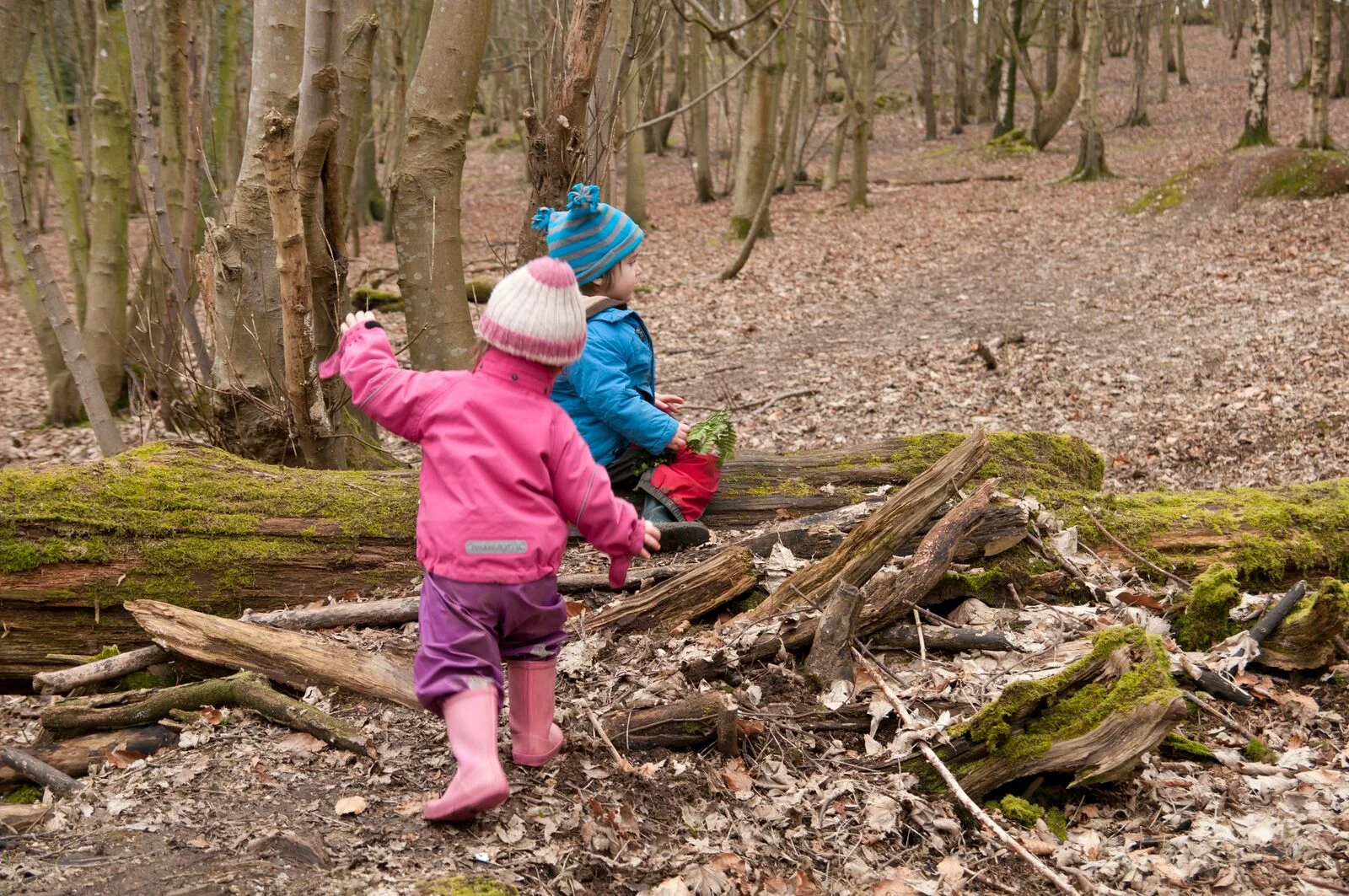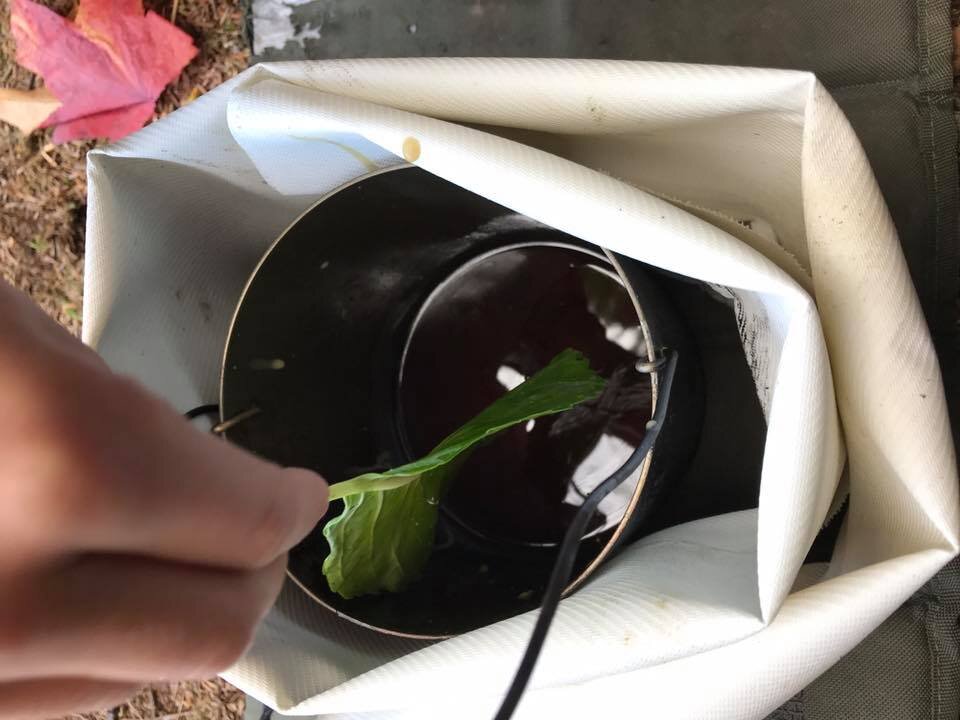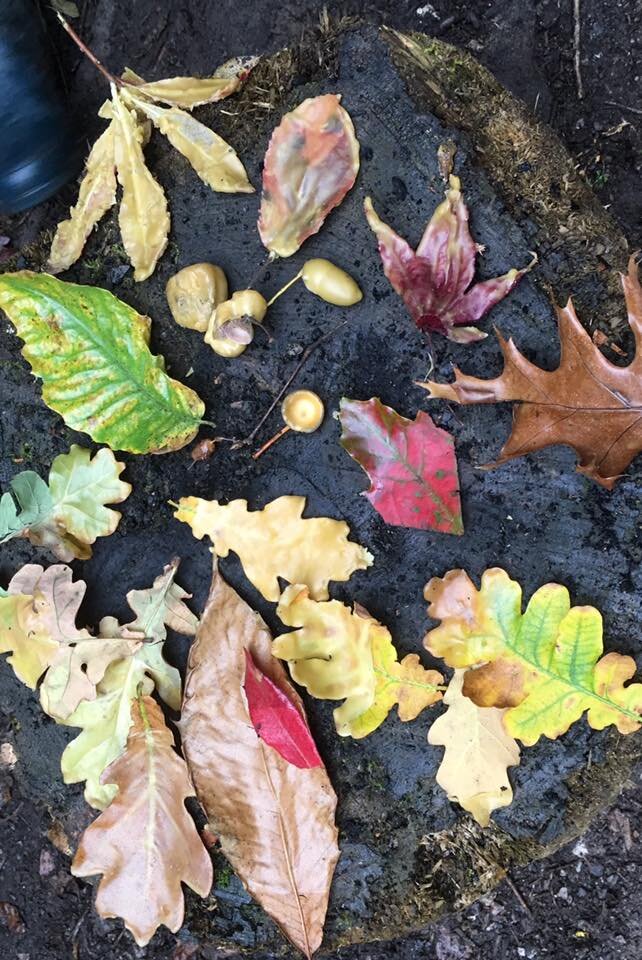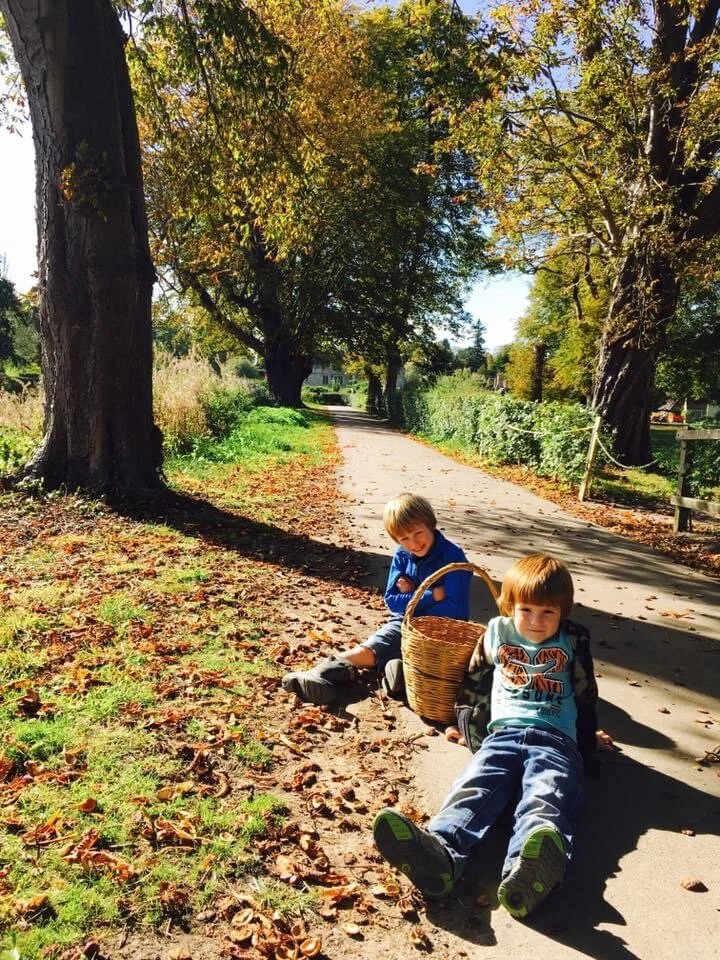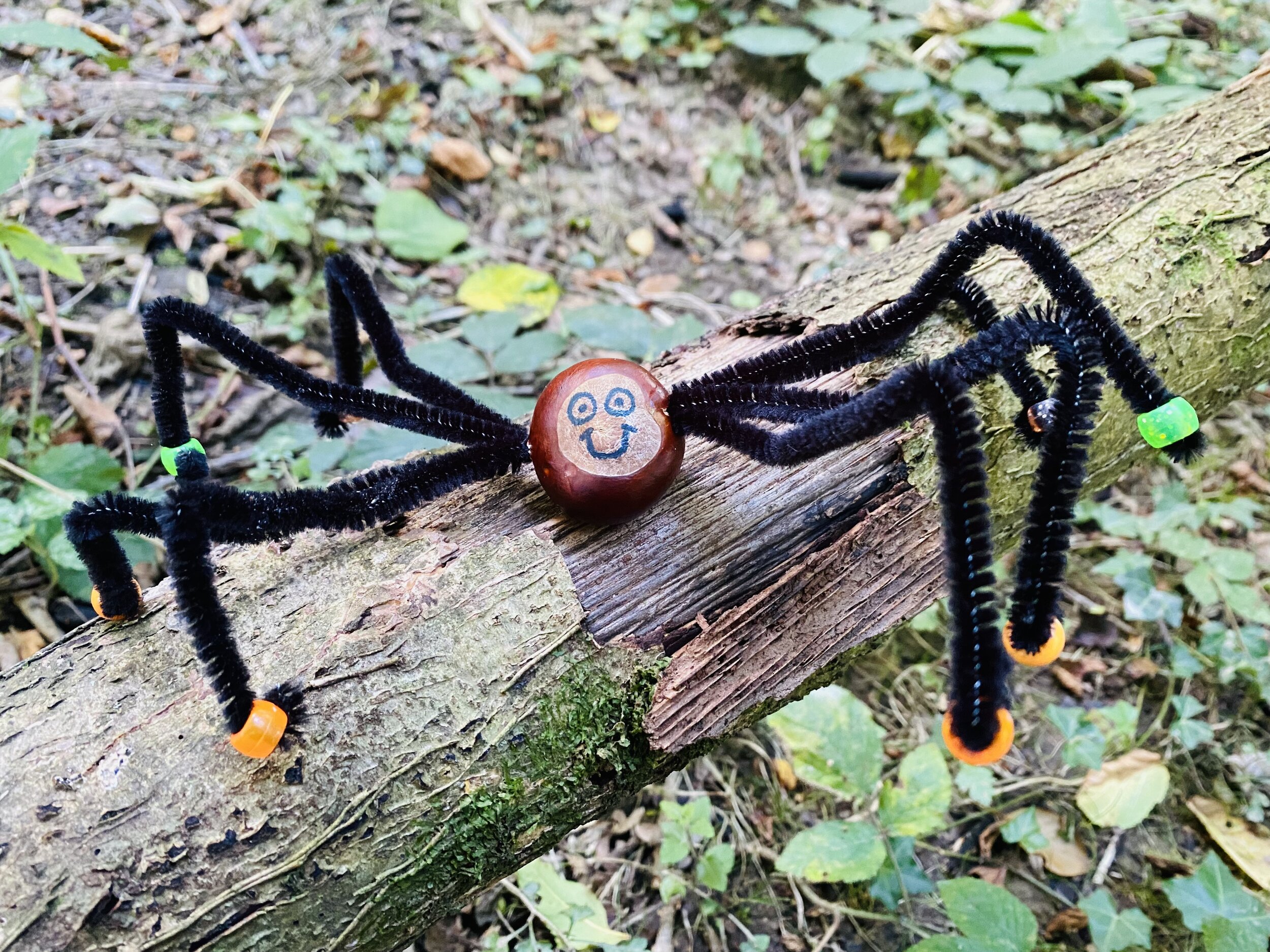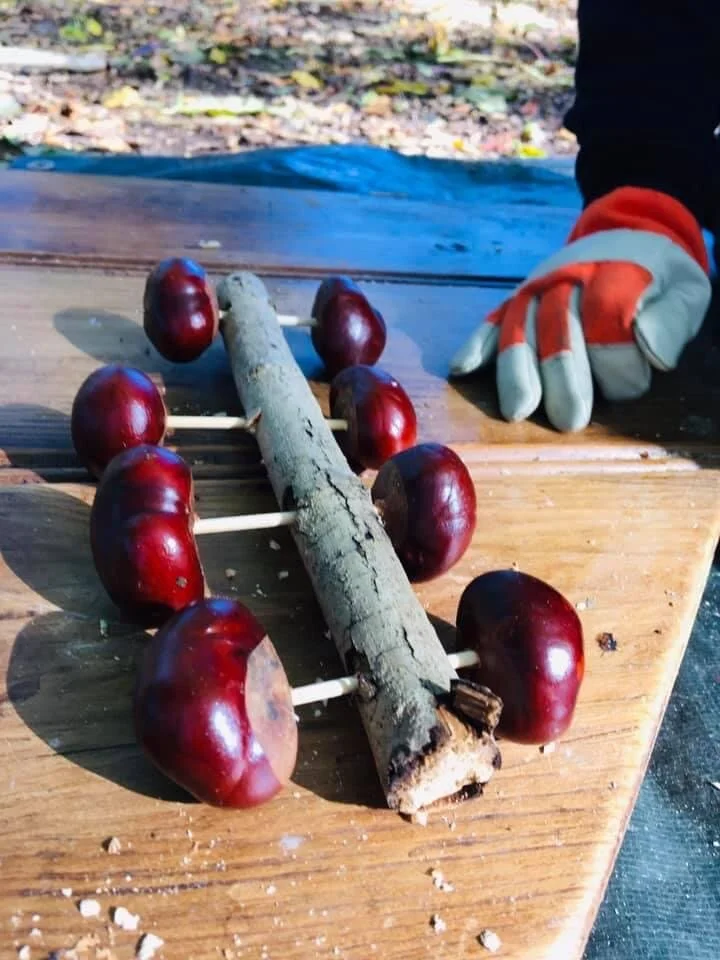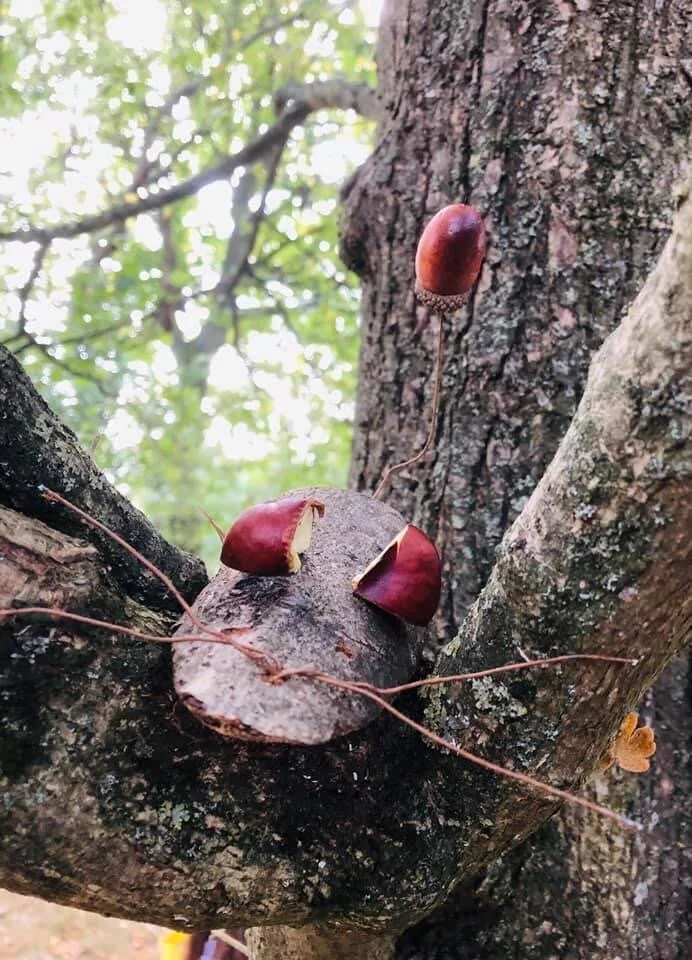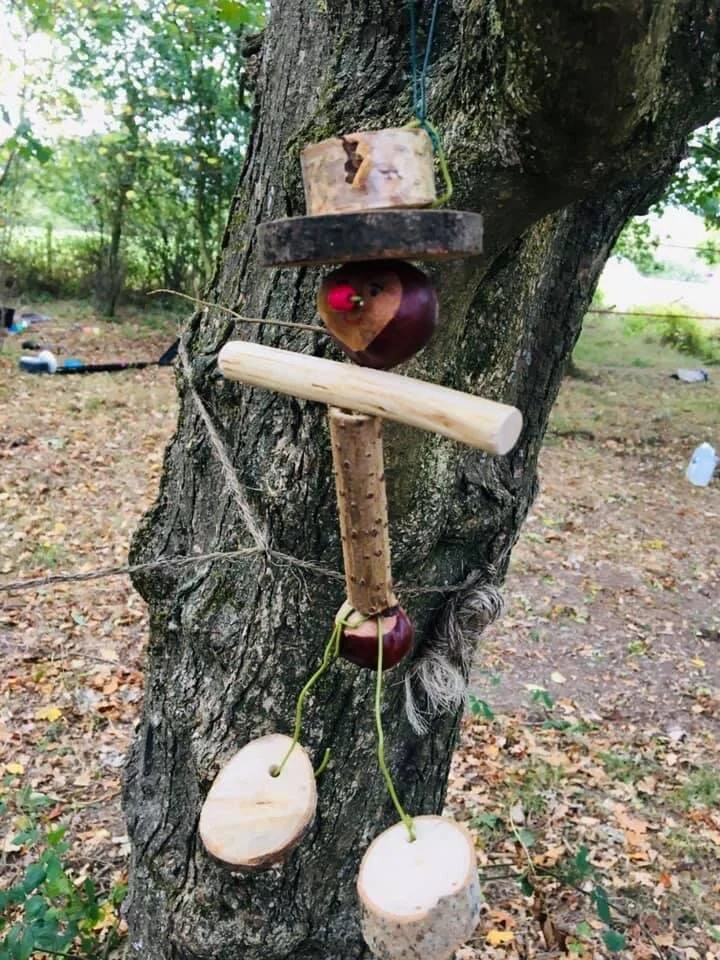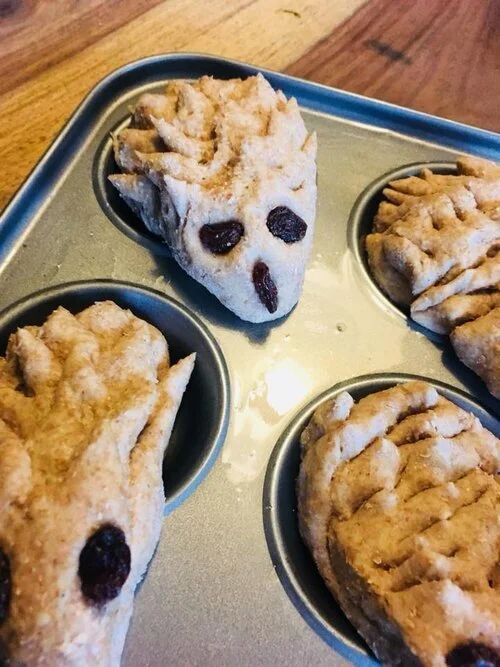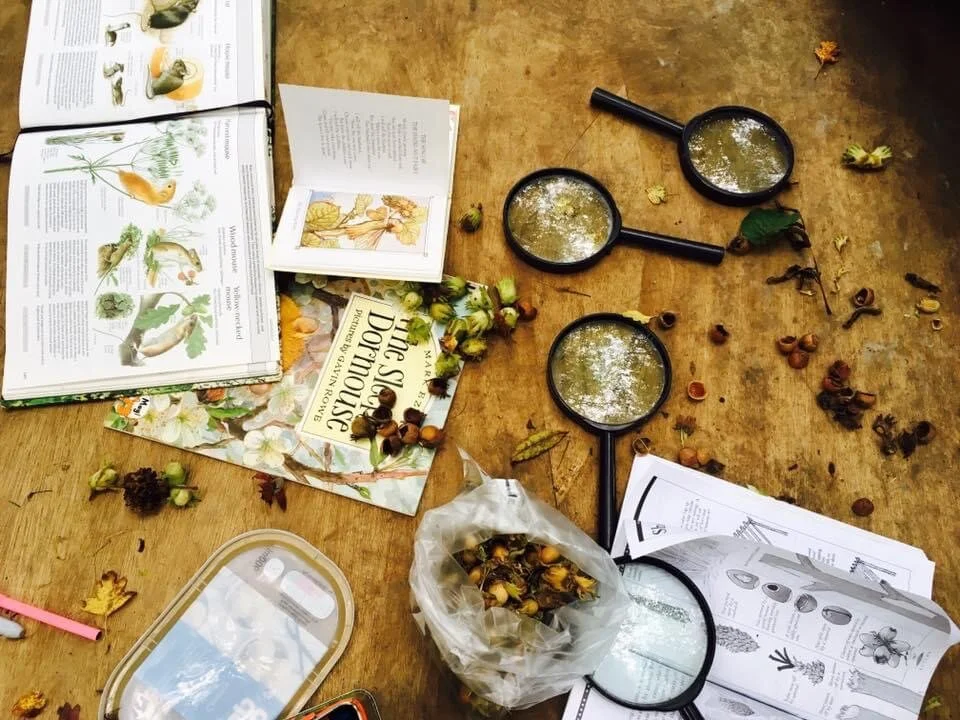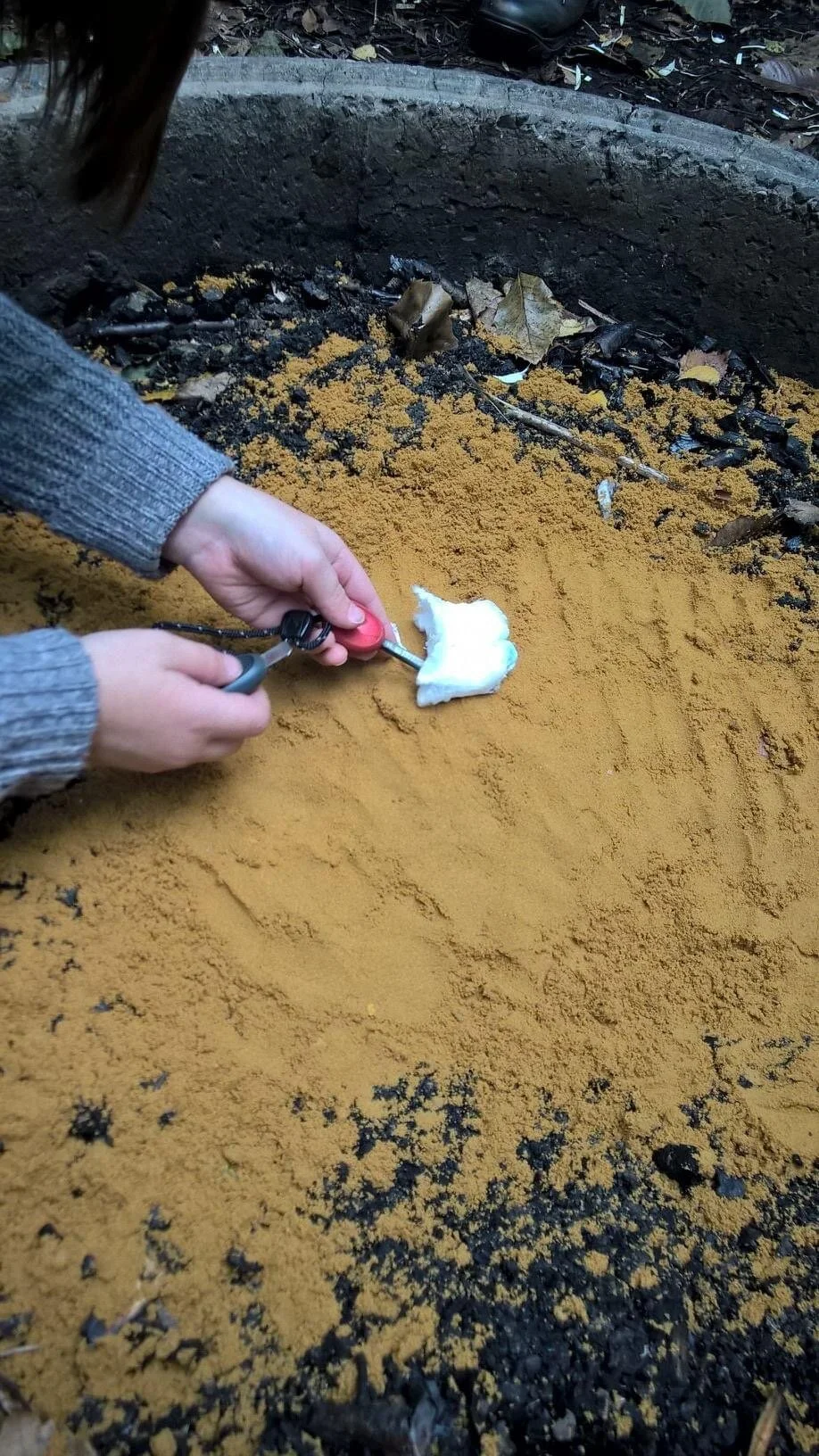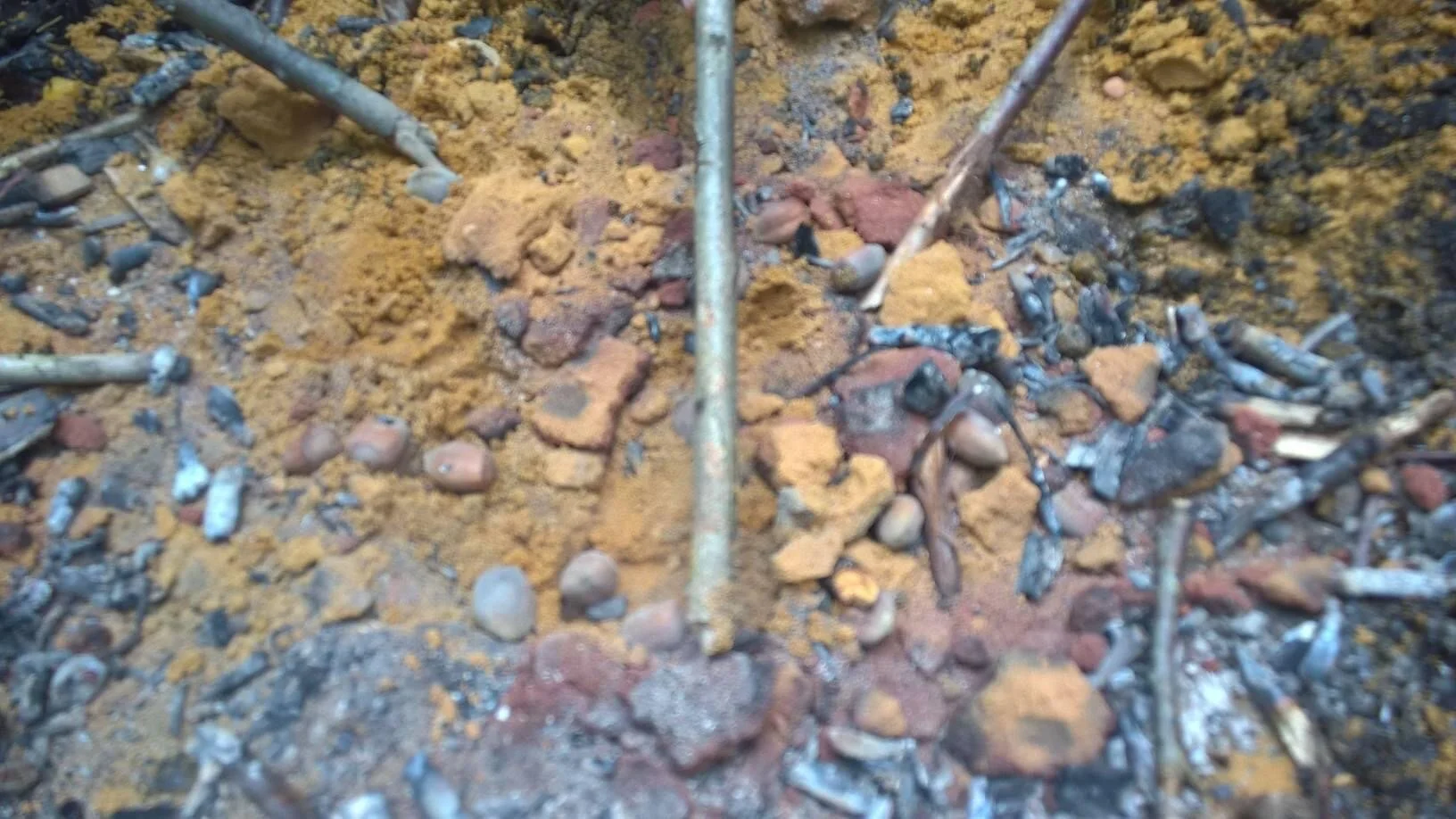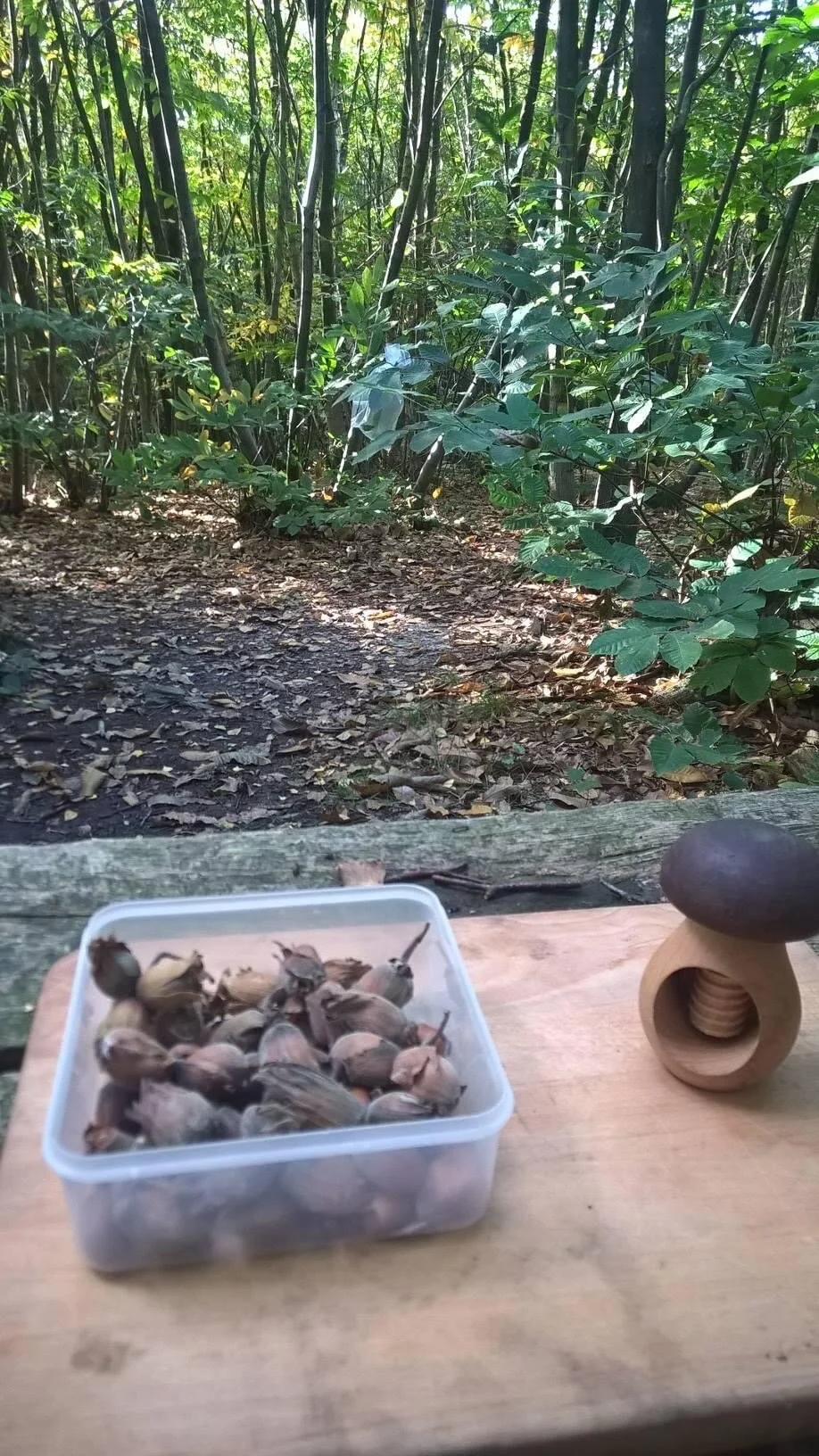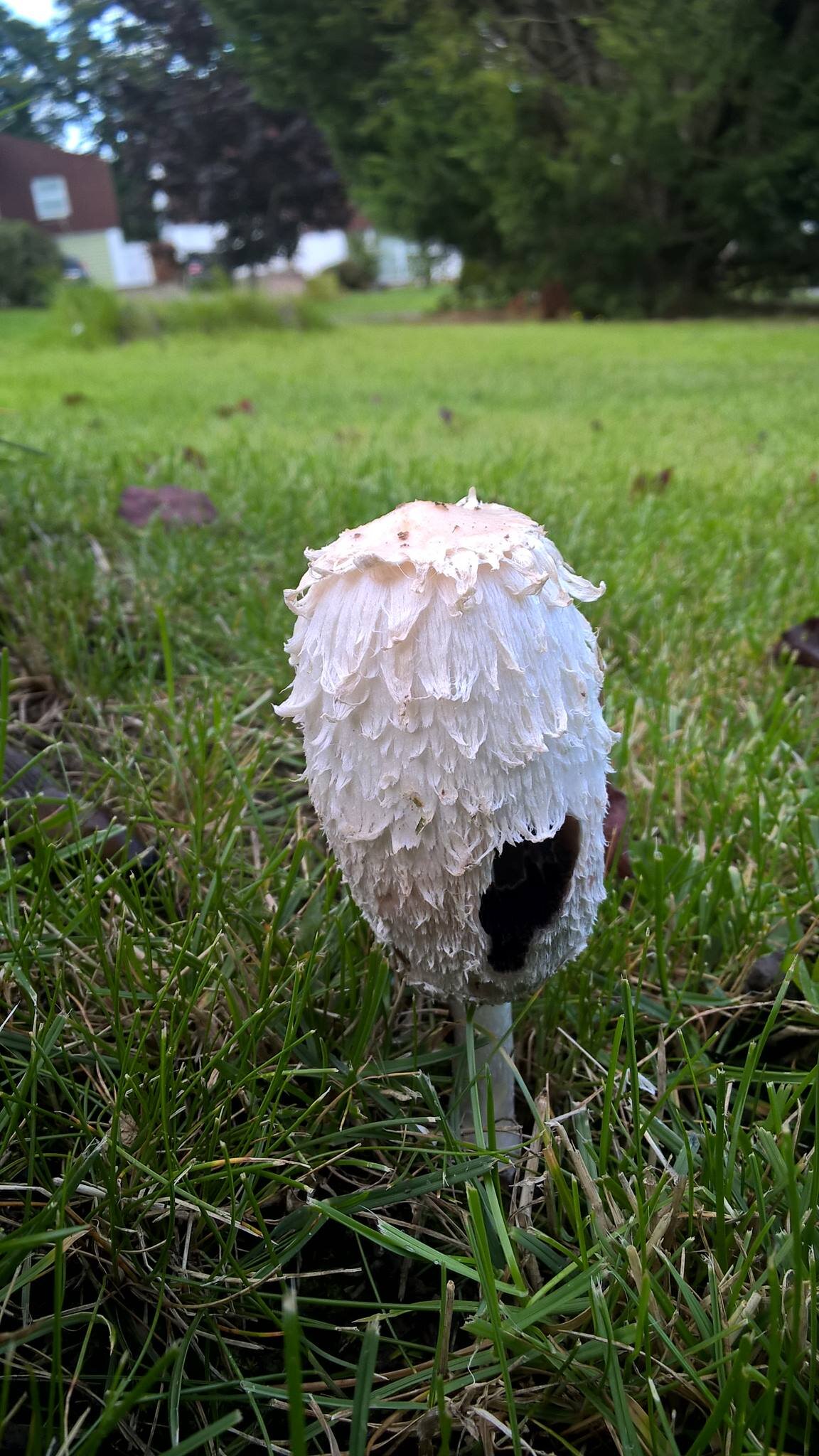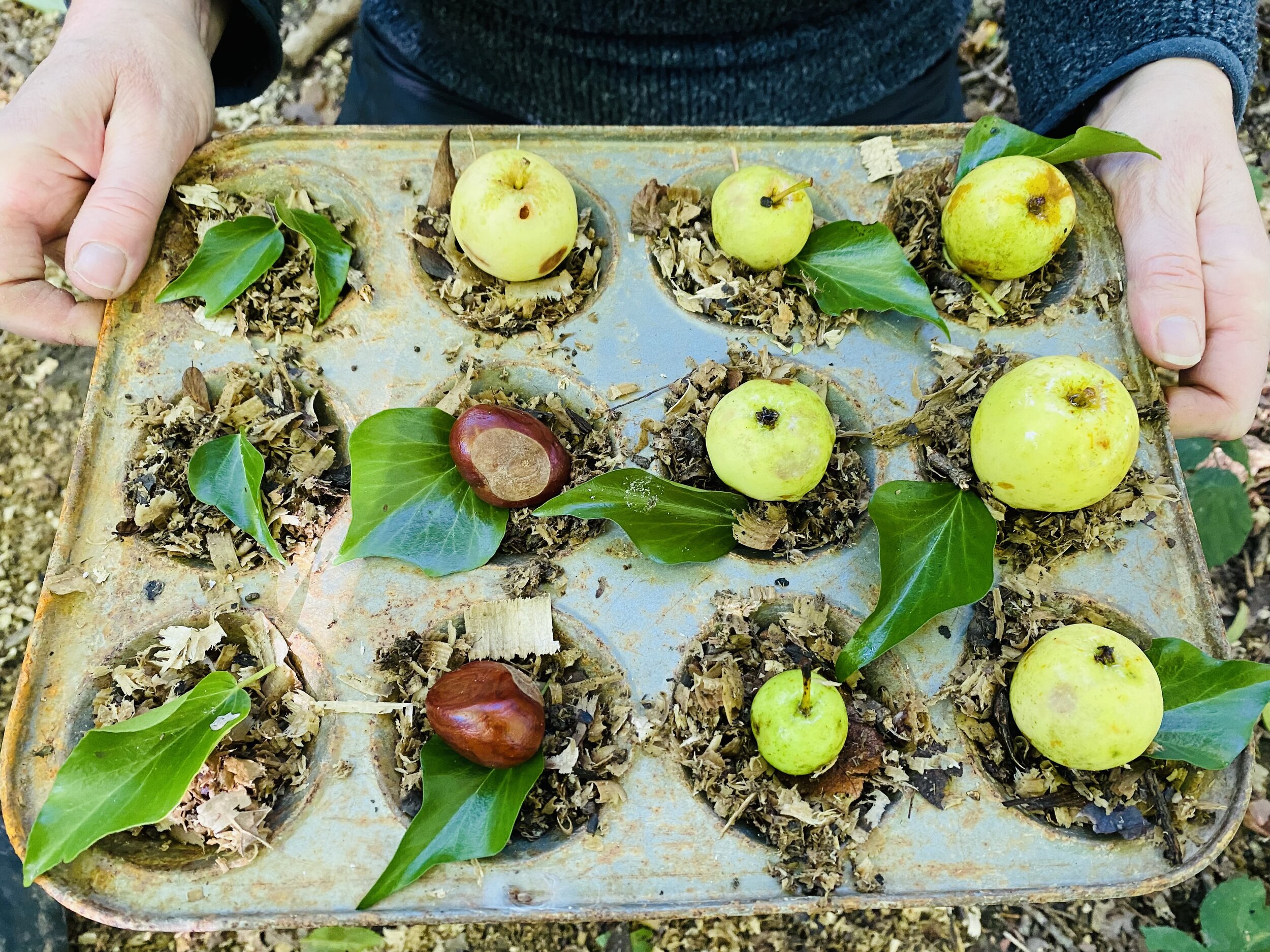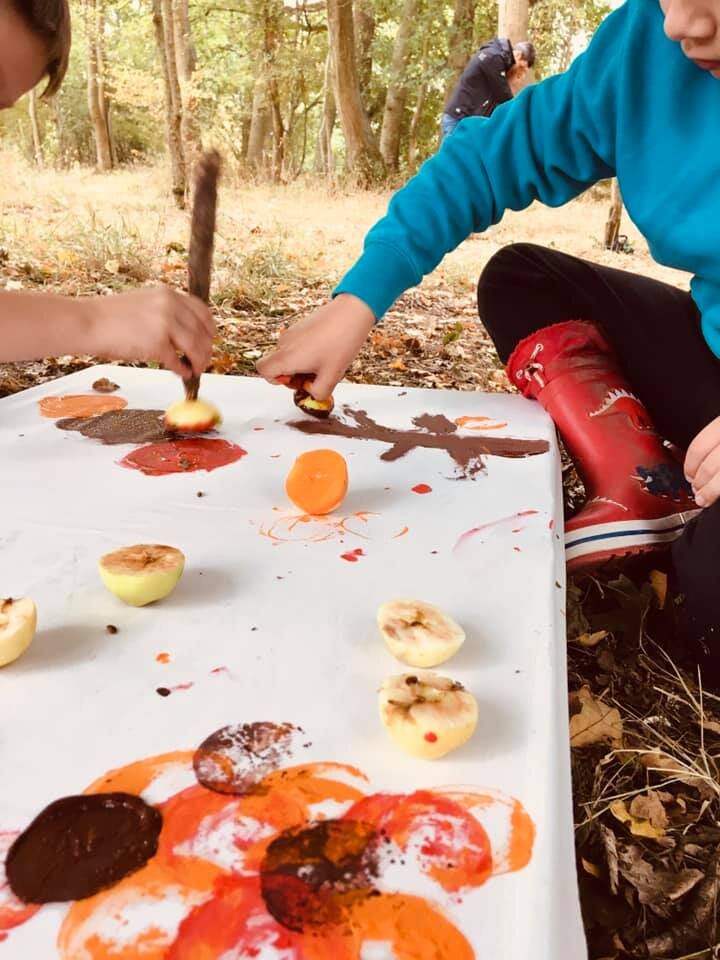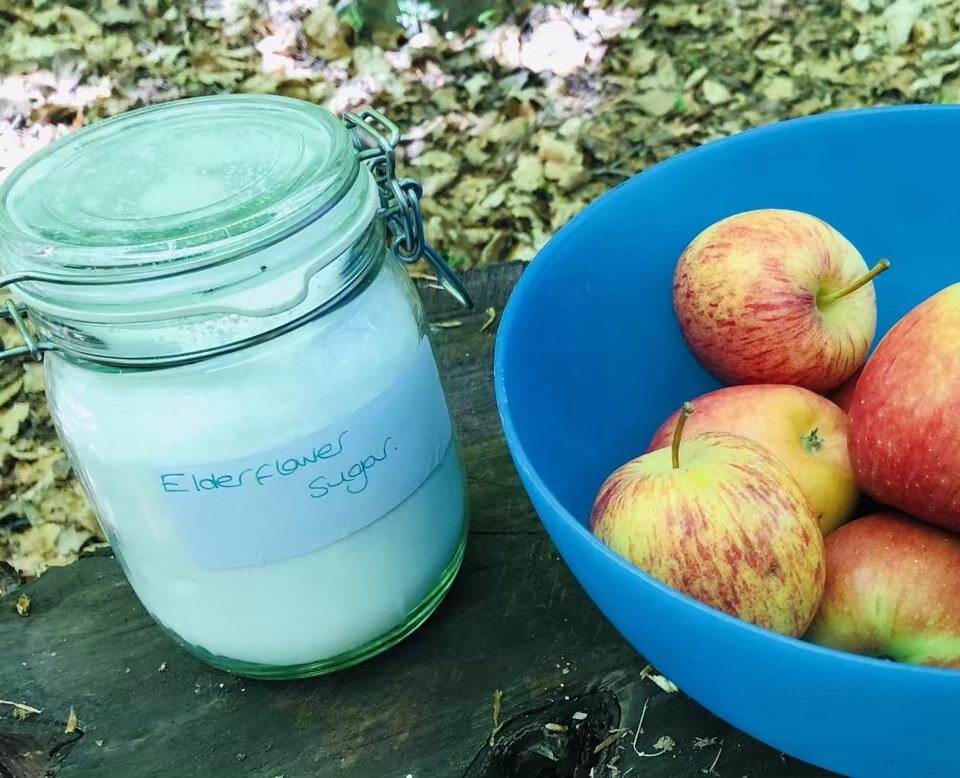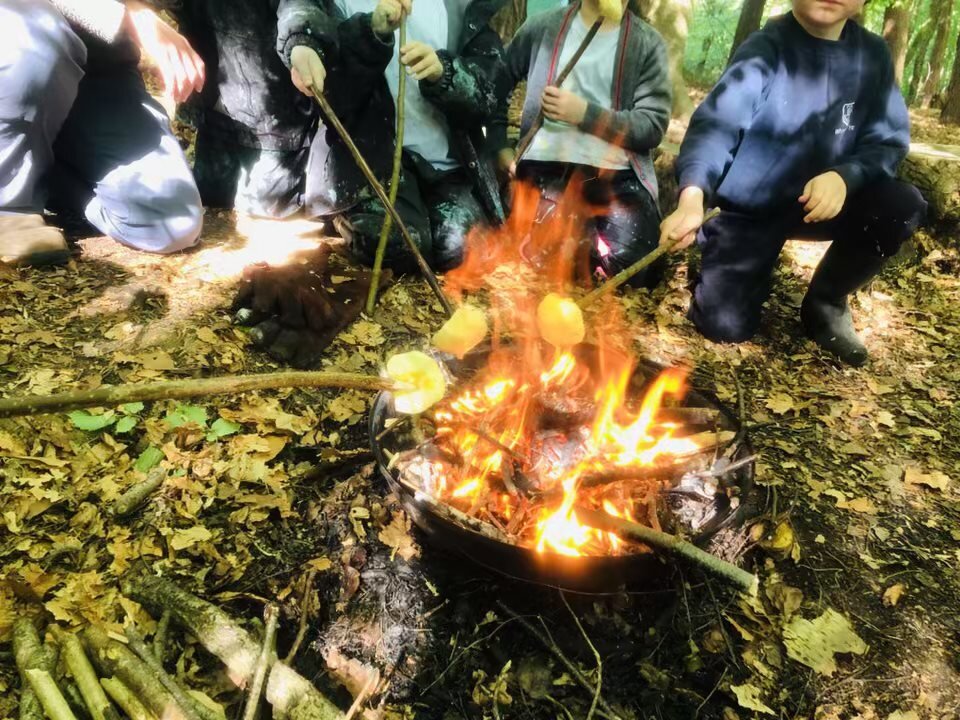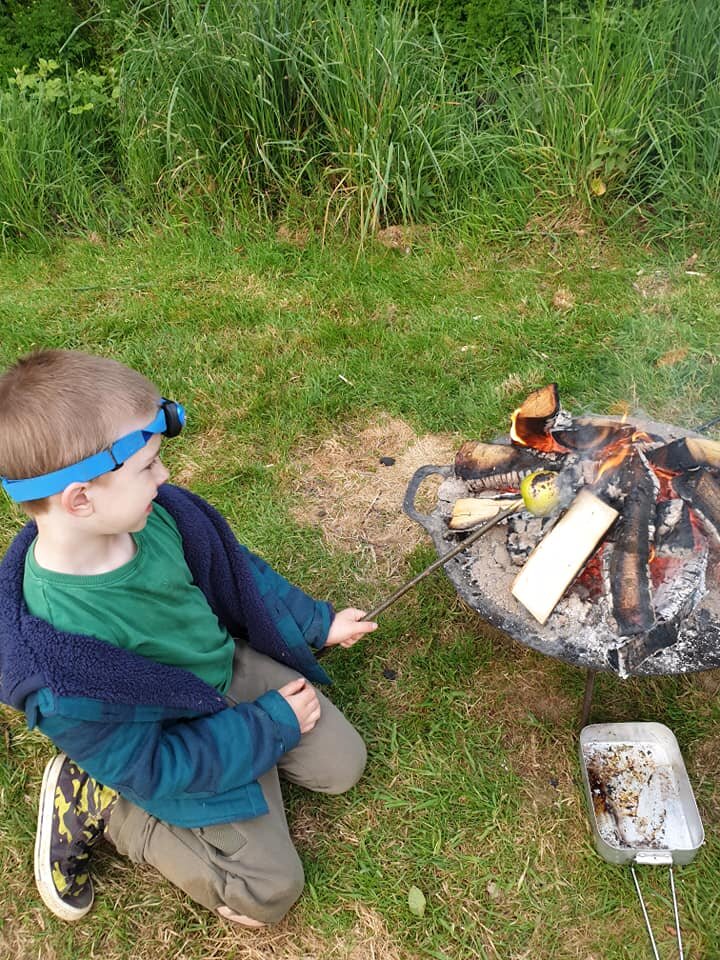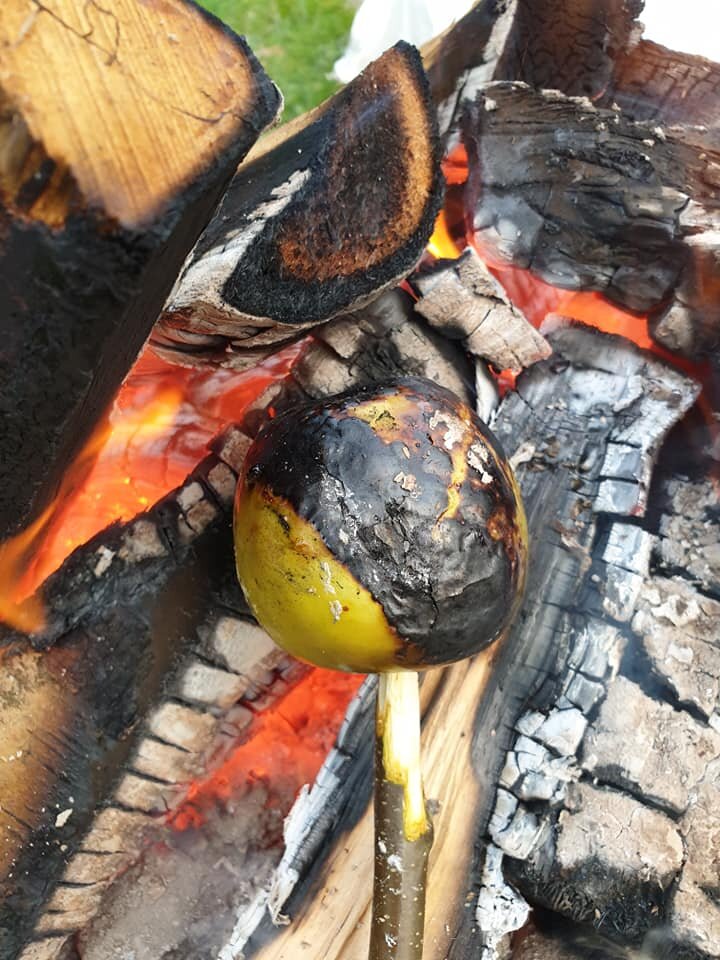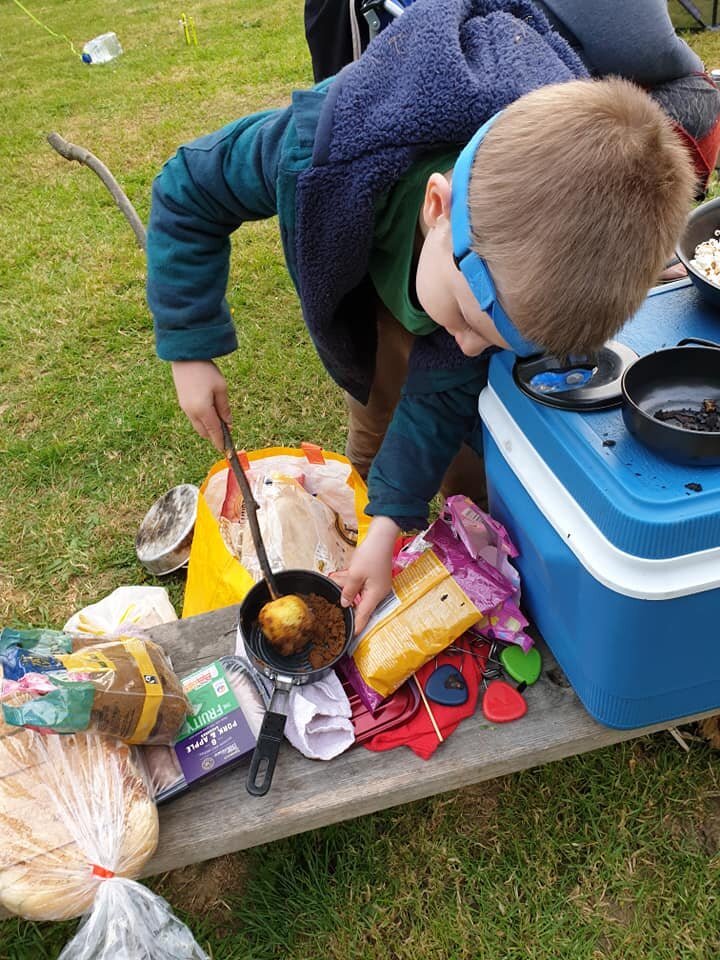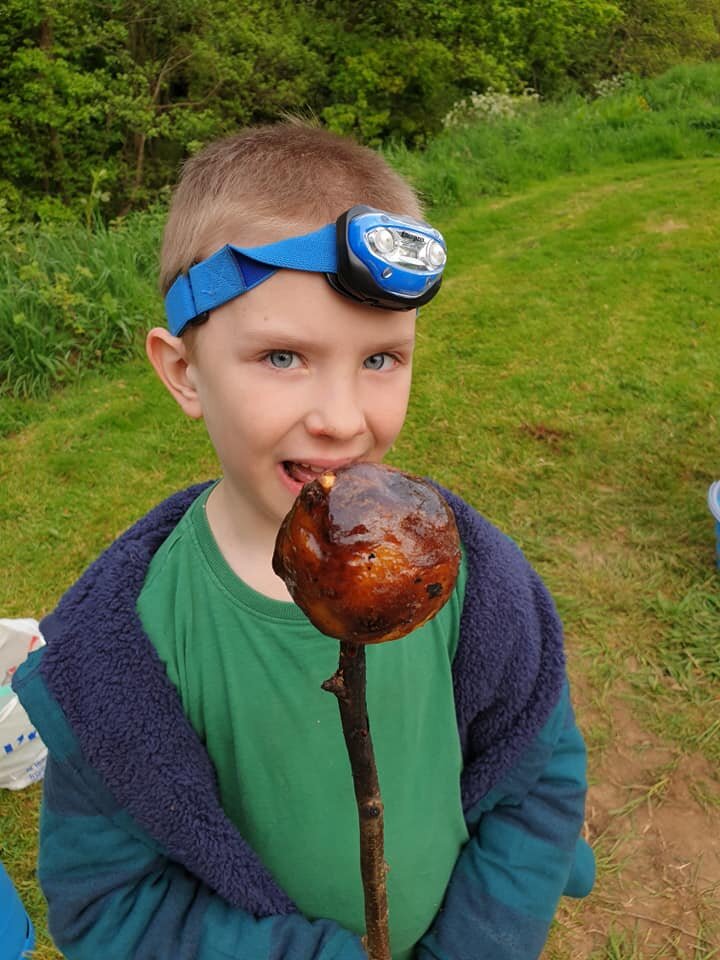Preserve Autumn Leaves
/Preserve leaves and make wilds art
Don’t you wish those beautiful autumn leaves could last forever? We love to preserve them by carefully dipping them in bees wax that has been melted on the campfire. The wax quickly dries and the finished leaves can be used to create all sorts of things.
You can buy bees wax in blocks or as granules online or in hardware shops. This is then melted in an old pan over a fire or on a hob. When the wax has melted completely the leaves can be dipped in. The leaves should then be held over the pan until the excess wax has dripped off and then laid flat to dry. It takes a bit of trial and error to know when the wax is at the perfect temperature. Too hot and the leaves singe, but too cold and the wax does not dry clear. The hot wax will burn the skin and can catch light if left unattended so care and adult supervision are essential.
The finished leaves can be used in all sorts of crafts. You could use them to make ground art or string them up with other Autumn treasures to make mobiles and garlands. Older children and adults enjoy making dream catchers or wreaths adorned with the leaves. You could even use them to dress an Autumn Flower Fairy along the same lines as our Spring Flower Fairies.

